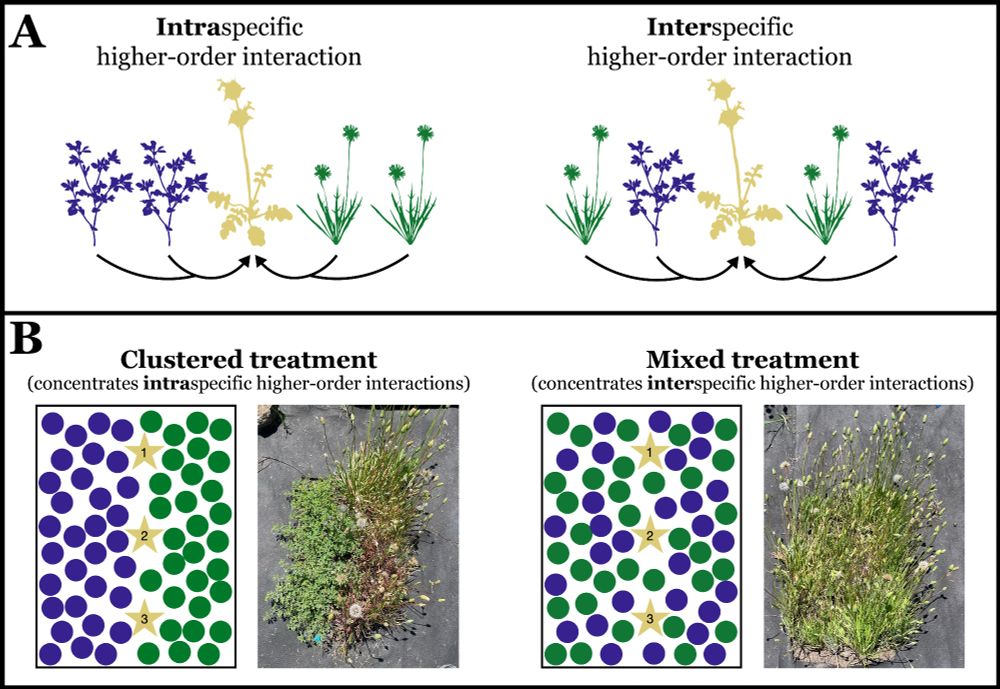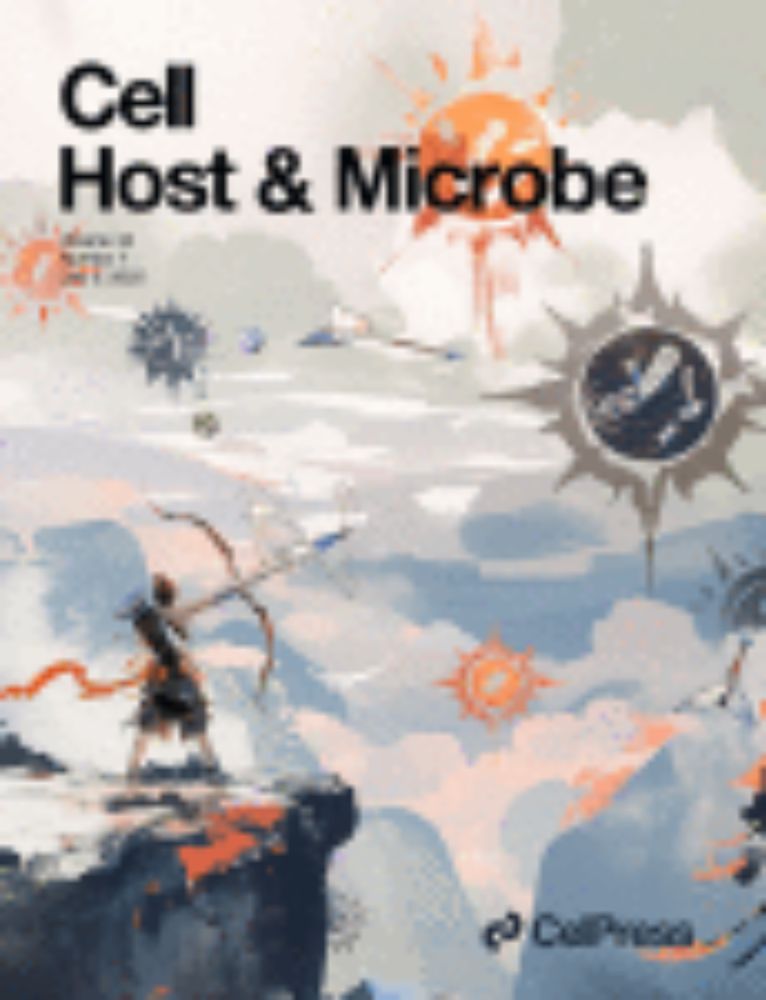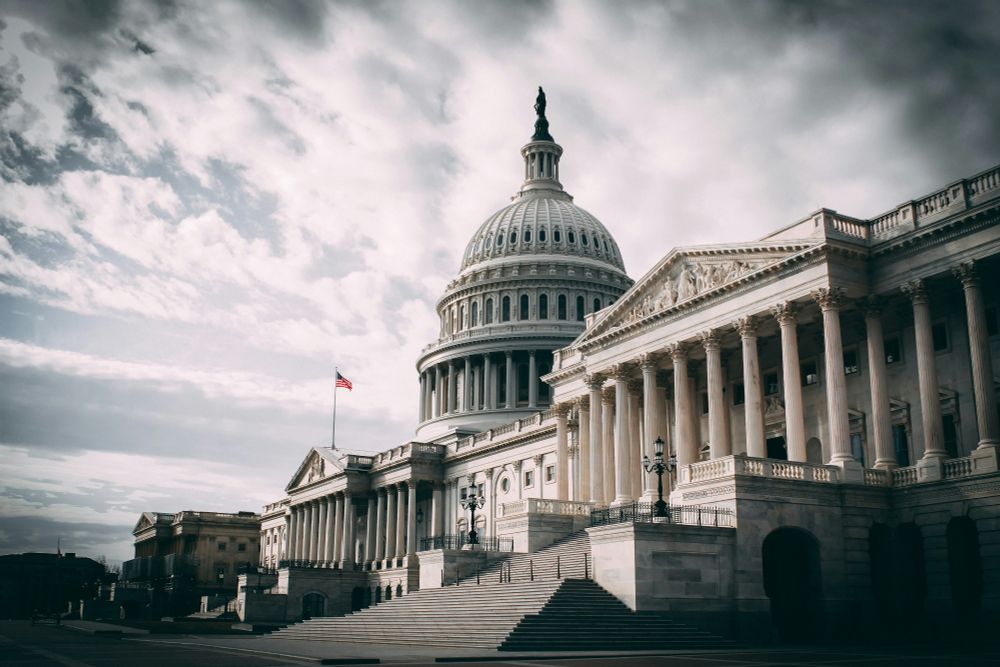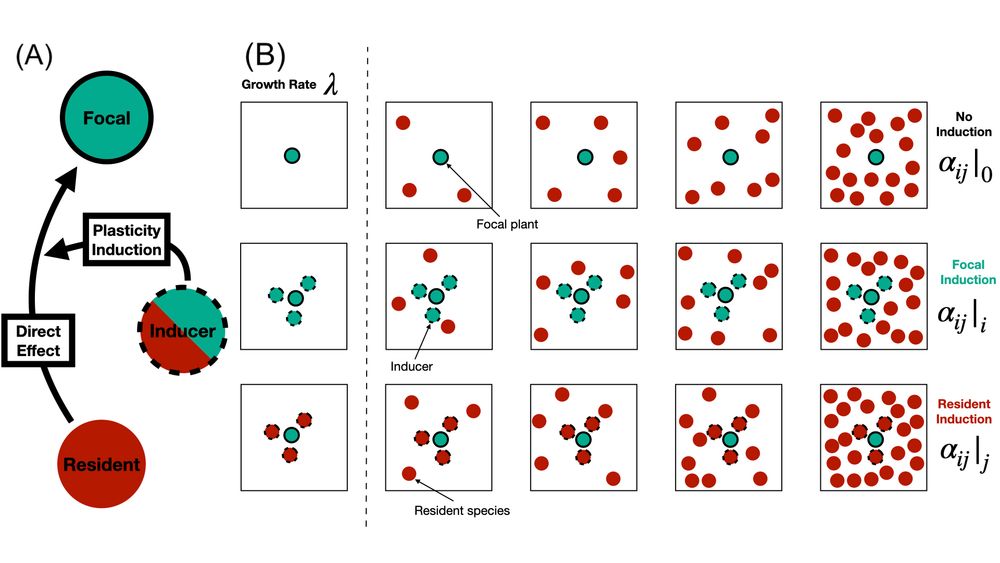Theo Gibbs
@theogibbs.bsky.social
460 followers
410 following
11 posts
Schmidt Science Fellow and Postdoctoral Researcher at NYU. PhD from Princeton.
I’m interested in species coexistence, higher-order interactions, theoretical ecology and the plant microbiome.
https://theogibbs.github.io
Posts
Media
Videos
Starter Packs
Theo Gibbs
@theogibbs.bsky.social
· Jul 21
Theo Gibbs
@theogibbs.bsky.social
· Jul 21

Spatial clustering reveals the impact of higher-order interactions in a diverse annual plant community
Spatial patterns are widespread in ecology, but their effects on species interactions remain unresolved, especially in diverse communities. In principle, the degree of spatial clustering could alter t...
www.biorxiv.org
Theo Gibbs
@theogibbs.bsky.social
· Jul 21
Theo Gibbs
@theogibbs.bsky.social
· Jul 21
Reposted by Theo Gibbs
Pamela Ferretti
@pamferretti.bsky.social
· Jul 18
Reposted by Theo Gibbs
Reposted by Theo Gibbs









